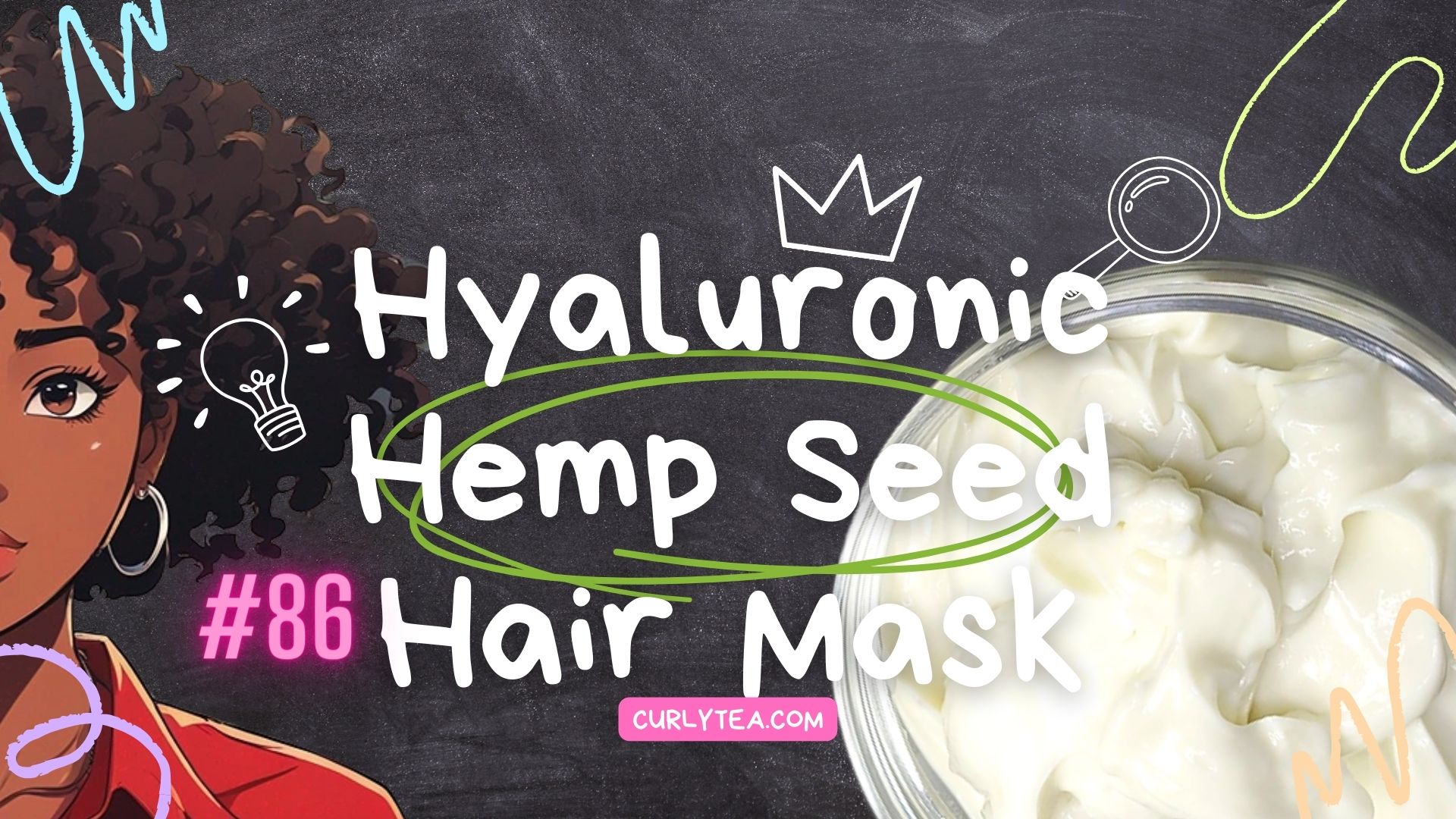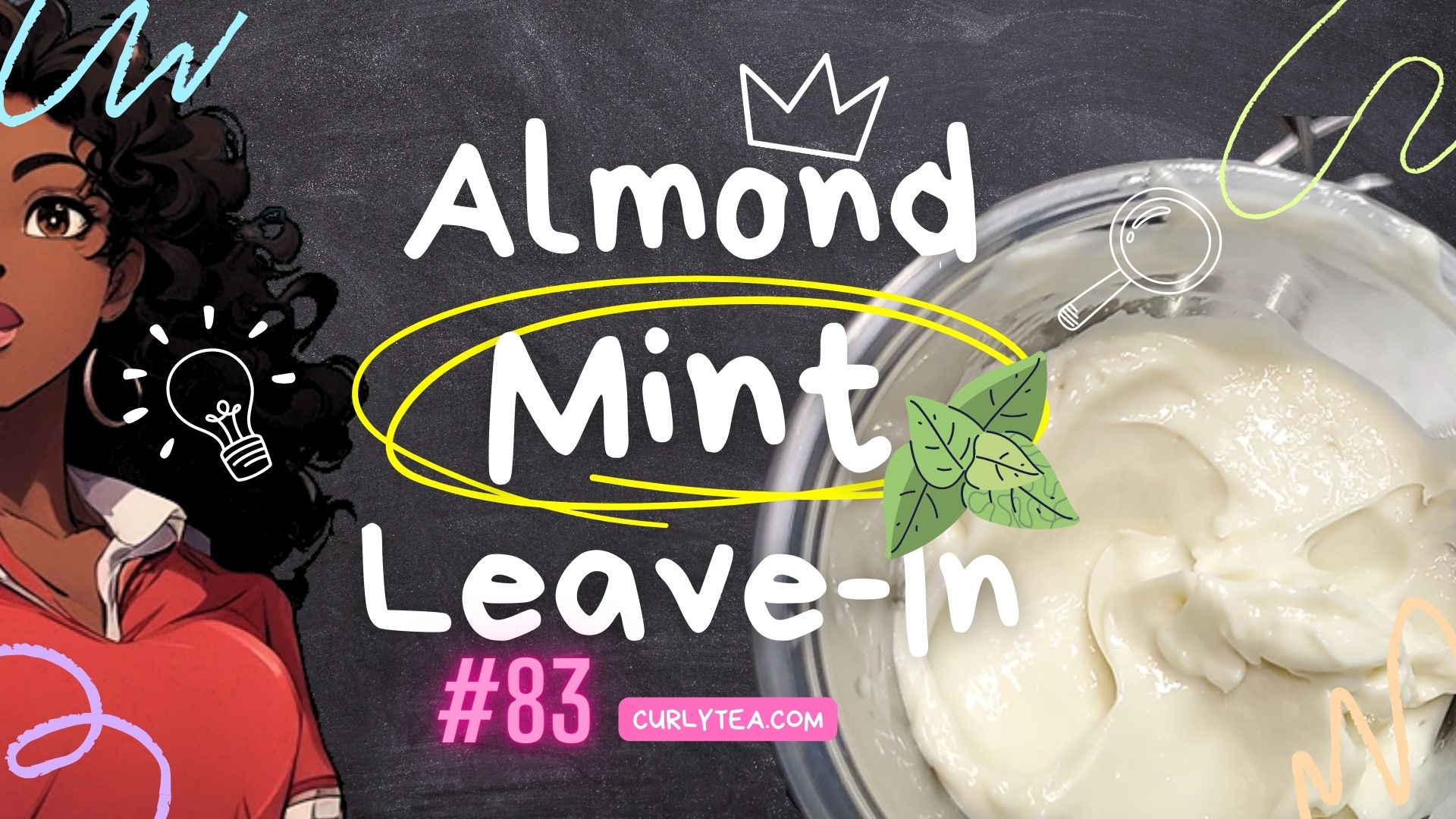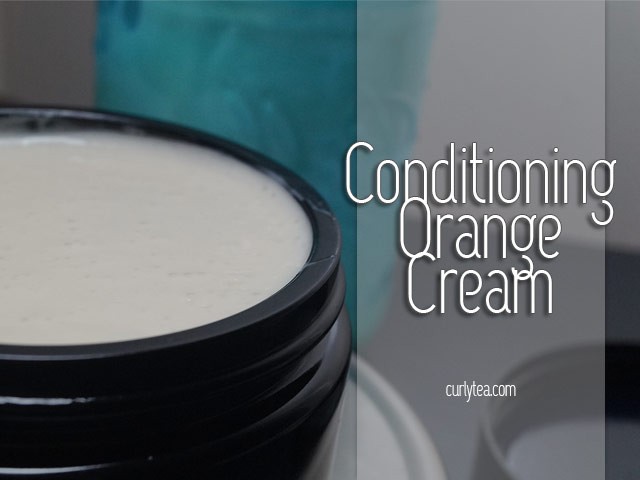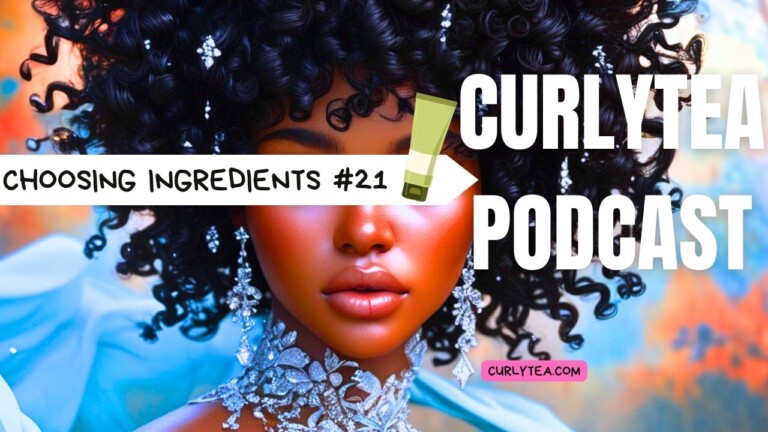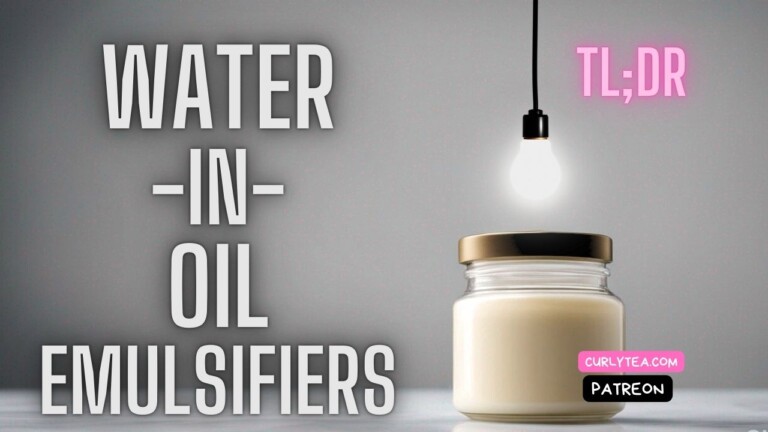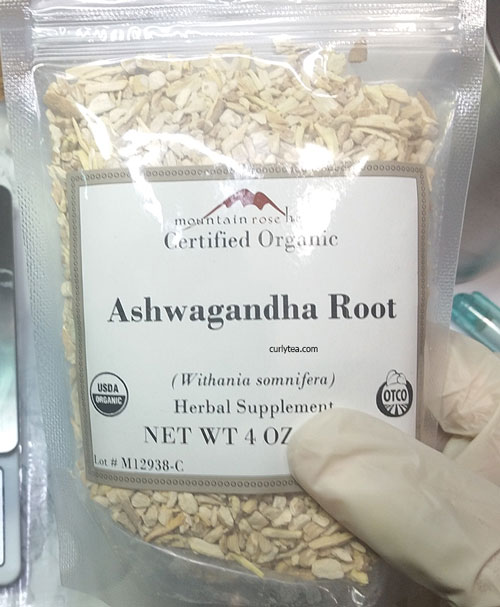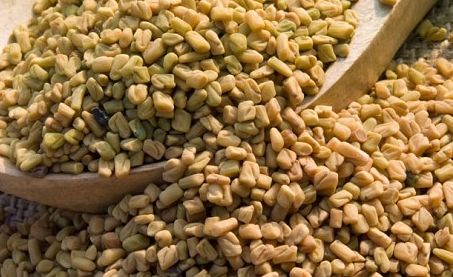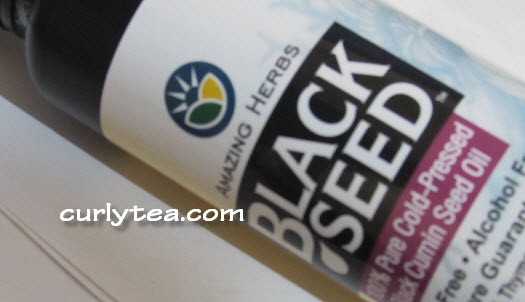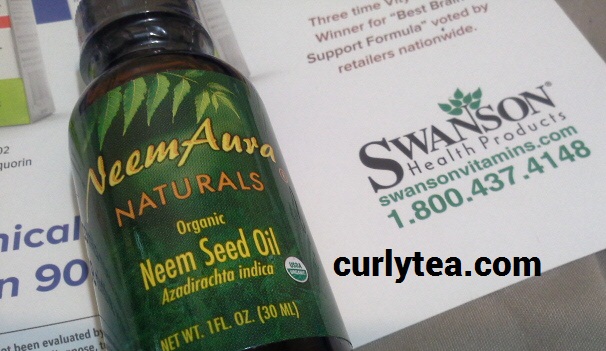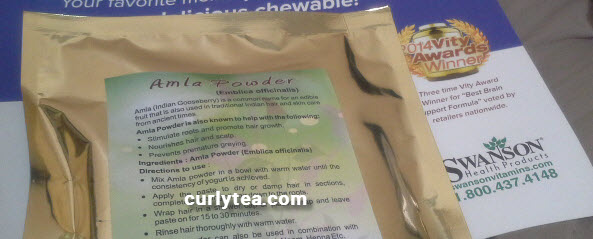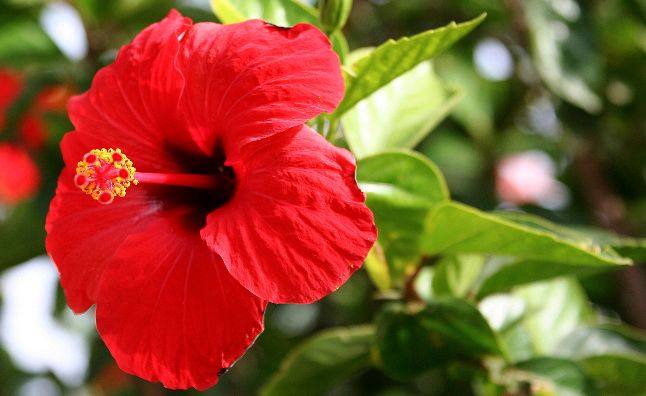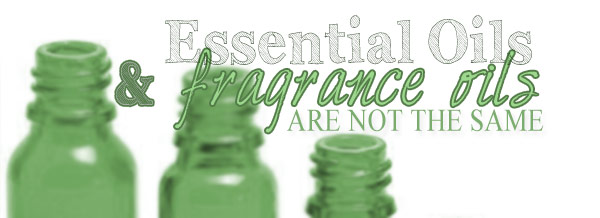
Never use Essential oils the way you use Fragrance oils. Sorry to start off so blunt but it’s important that everyone understands that there’s a world of difference between essential oils and fragrance oils.
Essential oils are the concentrations of volatile aromas made from plant materials. It’s the result of either the distillation process or the cold-pressed method. Because of their potency, essential oils are typically used at lower percentages than regular fragrance oil because they can cause a negative reaction on the skin.
Fragrance oils, on the other hand, are mostly developed in a lab by combining synthetic chemicals to create a certain scent. They are usually diluted in carrier ingredients like mineral oil or propylene glycol, according to online sources. Fragrance oils are also much less expensive than essential oils.
So, which one is for you?
BECOME A MEMBER
Become a member and unlock full access to all of the DIY formulas including the full ingredient lists, instructions, my notes and other information!
People wonder which essential oils are good to achieve a certain aroma, and how they can get a desired level of scent while using essential oils.
The problem with relying on essential oils for scent is that some of them aren’t quite potent enough to be used the way fragrance oils are used. Each essential oil has a max usage rate, which may not be enough to create those gorgeous, highly fragrant aromas we’re used to.
That highly fragrant, knock-out scent we all love from places like Bath and Body Works (BBW), Victoria Secret, and Yankee Candle are often created with lab-produced fragrance oils. If you want to dupe those aromas, a quick way to start is to find your fave fragrance company and look for what is known as a “___ type”.
At NaturesGardenCandles.com (NGC), you can search for your fave Bath and Body Works scent and see if they stock a “type”, which is a close dupe of that scent.
For example, NGC sells a “White Tea & Ginger Type” fragrance oil that some say gives a similar scent to BBW’s White Tea & Ginger lotion.
Another example is WellingtonFragrance.com which sells a “Dark Kiss BBW Type” fragrance oil that is supposed to smell like the Dark Kiss lotion at BBW. Sometimes companies will flat-out tell you in the description: look for the initials “BBW” in the title.
All of these cost significantly less than it would cost to mimic the complex synthetic scents using essential oils.
As a sidenote to this discussion, you have to remember that sometimes certain products on the market include essential oils as little more than a marketing tool to help increase the sales of a product. It’s been said that certain companies add a tiny amount of Lavender ESSENTIAL oil, for example, while relying on Lavender FRAGRANCE oil to create the potent aroma of Lavender.
Usage Rates in Real Terms
The usage rates for essential oils and fragrance oils are different. Let’s look at a quick example of the usage rate differences between Grapefruit ESSENTIAL oil and Grapefruit FRAGRANCE oil.
Using the Fragrance Calculator at BrambleBerry.com, you’ll notice that to scent 8 ounces of product, they recommend using 2.27 grams of Grapefruit ESSENTIAL oil for a “medium” scent and 3.4 grams for a “strong” scent.
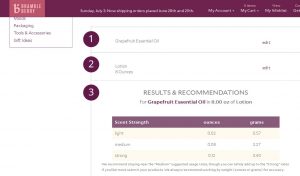
To compare, let’s look at one of the fragrance oils sold by MakingCosmetics.com.
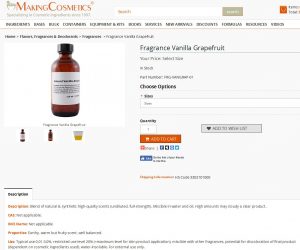
Vanilla Grapefruit FRAGRANCE oil is recommended at up to 3%. Let’s find out what that means for an 8 ounce product:
[box color=”lgreen” icon name=”fa-balance-scale” class=”” unprefixed_class=””]
8 ounces = 227 grams (approx)
227 grams x 3% = 6.81 grams
[/box]
Now let’s condense all this down to it’s essence:
| SCENT | RATE |
| Grapefruit Essential | 2.27 grams (medium scent) 3.40 grams (strong scent) |
| Vanilla Grapefruit Fragrance | 6.81 grams |
That means for an 8 ounce product, the recommended usage rate for Grapefruit ESSENTIAL oil is about 3 grams. But the recommended usage rate for a Grapefruit-based FRAGRANCE oil can be up to roughly 7 grams.
Why the big difference? ESSENTIAL oils are distillations/expressions of the real deal, while FRAGRANCE oils are lab-created synthetic blends of chemicals meant to mimic the scent of grapefruit.
That’s only problem number one. The second problem is selecting which between essential oil and fragrance oils to get the strength of scent you’re seeking.
For example, if you want a very strong Lemon scent, you may want to use Lemon FRAGRANCE oil instead of Lemon ESSENTIAL oil. I say that because the amount of essential oil necessary to create a very strong lemon scent may be too much to be safely applied on the skin without causing irritation.
I’d suggest to be careful of all essential oils, but especially the citrus oils: Sweet Orange, Lemon, Grapefruit, Lime, etc. Also look out for Peppermint and Rosemary essential oils. Those two are very popular but are not to be used at the same rate as a regular, run of the mill fragrance oil.
Formulas/Recipes using Peppermint, Rosemary and/or Sweet Orange Essential oils
Neither fragrance nor essential oils can be applied straight out of the bottle directly onto skin. It is always recommended to add them to something else (lotion, cream, gel, water, whatever — based on recommended usage rates — before applying it to your skin.
In my opinion, the essential oils with the most bang (scent) for the buck in terms of keeping within the guidelines of the usage rate are Peppermint, Sweet Orange and maybe a Lemon (but Lemon can be irritating to some people).
I haven’t used Eucalyptus, Patchouli or any of the more rustic scents though. Those scents may be more potent at lower percentages. You’ll have to experiment for yourselves.
Keep in mind if the essential oil you decide to use doesn’t have an additional benefit you’re interested in, you may come out better financially to use the fragrance oil version. The scent will match what you want but you won’t have to worry about allergies or irritation.
Speaking of finances, lab-created fragrance oils are less expensive than essential oils. For example, 2 ounces of Aura Cacia Lavender Essential oil at Vitacost.com is $25.14. In contrast, 2 ounces of Lavender Fragrance oil at Brambleberry.com is $7.70.
Fragrance oils also help companies avoid allergic reactions their customers may have to certain natural plant materials. For example, customers who have an unknown allergy to Sage, Cedarwood, or Lemongrass could have a reaction to your product because you used the ESSENTIAL oil version of these scents instead of the FRAGRANCE oil version.
But, if the company uses Lemongrass fragrance oil, they get to sell a product scented with Lemongrass without dealing with the repercussions of people having an allergic reaction to it.
Whichever one you add to your DIY recipes, make sure to follow the manufacturer’s guidelines about how much to include. In most cases, these aren’t guestimates. The guidelines are there to keep you (or your customers) from experiencing skin or scalp irritation.
If you have a question about how much fragrance oil to add to your DIY products, you can start by using the Fragrance Calculator at thesage.com:
https://www.thesage.com/calcs/FragCalc.html
Related
http://www.herbco.com/t-essential-and-fragrance-oil.aspx
https://naha.org/explore-aromatherapy/about-aromatherapy/what-are-essential-oils/
https://www.brambleberry.com/pages/Fragrance-Calculator.aspx
https://www.thesage.com/calcs/FragCalc.html
https://en.wikipedia.org/wiki/Fragrance_oil
http://www.naturesgardencandles.com/white-tea-ginger-type-fragrance-oil
https://www.wellingtonfragrance.com/Dark-Kiss-BBW-Type-Fragrance-Oil-P2718.aspx
 CURLYTEA
CURLYTEA

